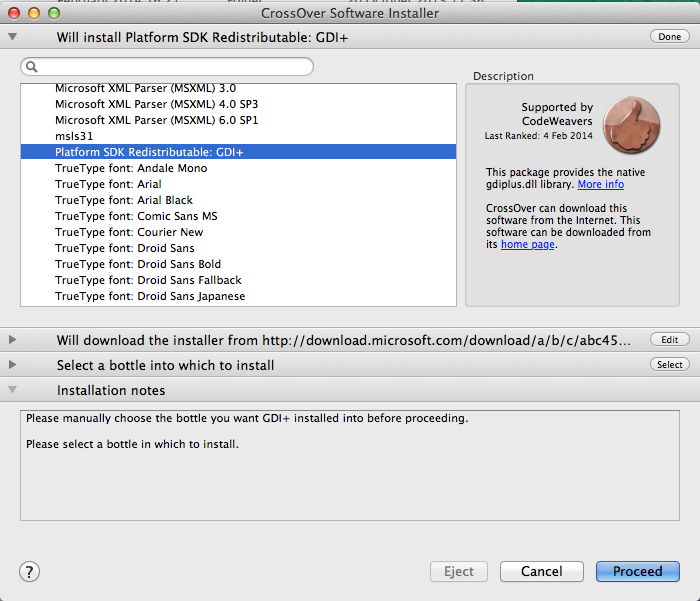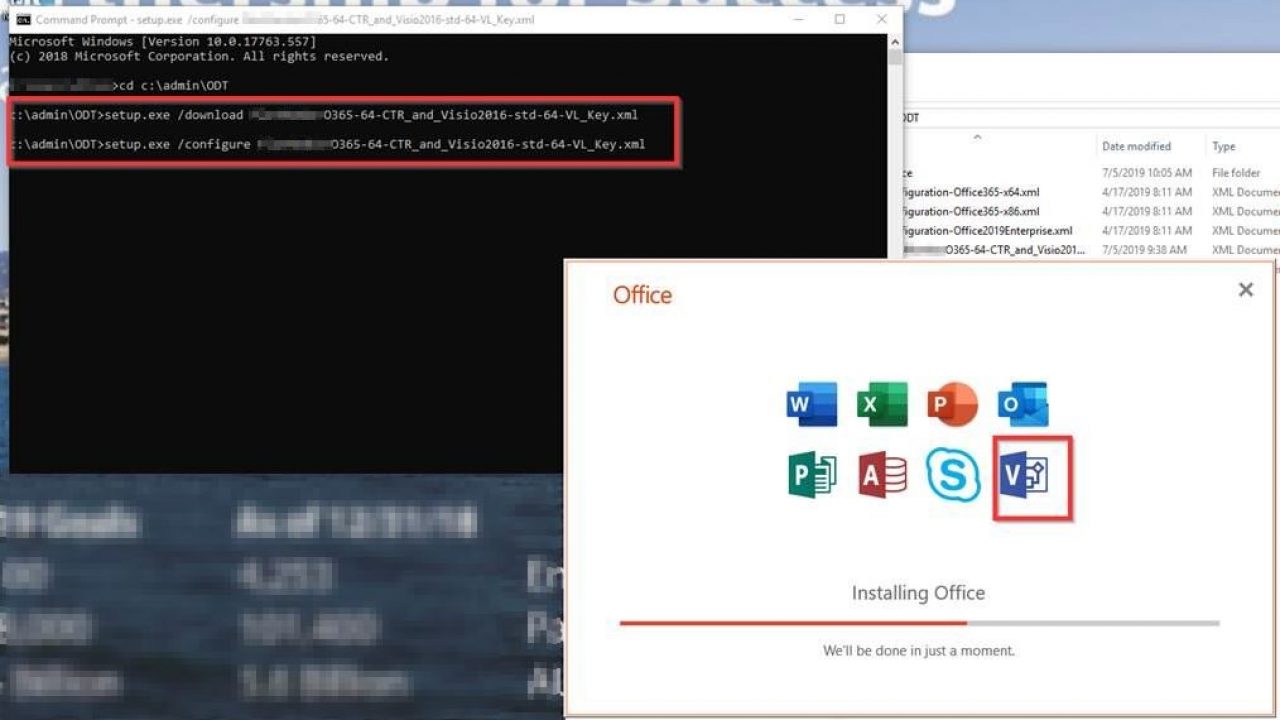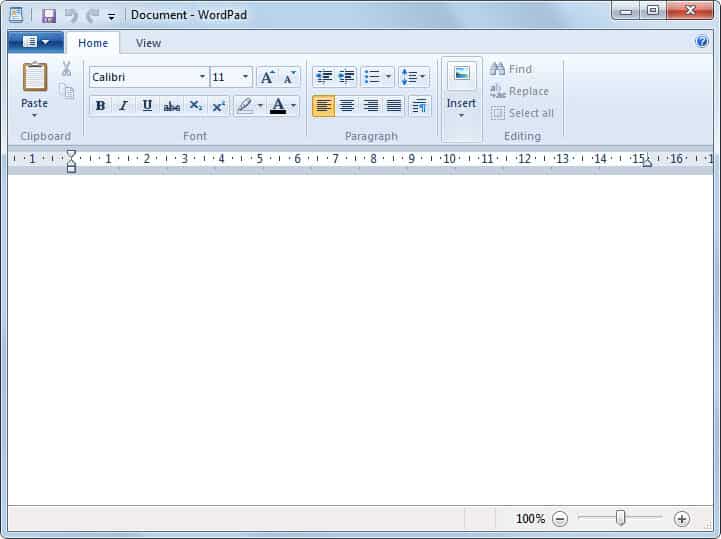checks that an XML file is well formed.
This program is an updated version of the XMLINT command line tool that shipped in the Internet Explorer 4 SDK.
Xml file can not be downloaded Hi, I just got a problem with the attachment function. But I can not download since outlook rejected it. Microsoft Office Open Xml Converter free download - Microsoft Office 2011, Microsoft Office 2010, Microsoft Office Outlook 2007, and many more programs.
XML Validation Tool also uses the new XML DOM to check that the document is valid according to the DTD (or XML-Data Schema).
Just download the zip file, copy it to the machine you want to install it on, unzip the file on that machine and run XmlNotepadSetup.msi. Winget installer. And you can also use winget to install XML Notepad using this command line. Winget install XmlNotepad. Starting with the 2007 Microsoft Office system, Microsoft Office uses the XML-based file formats, such as.docx,.xlsx, and.pptx. These formats and file name extensions apply to Microsoft Word, Microsoft Excel, and Microsoft.
Conclusion
To conclude Microsoft XML Validation Tool works on Windows 95/98/Me/NT/2000 operating system and can be easily downloaded using the below download link according to Freeware license. Microsoft XML Validation Tool download file is only 22 KB in size.Microsoft XML Validation Tool was filed under the XML Tools category and was reviewed in softlookup.com and receive 5/5 Score.
Microsoft XML Validation Tool has been tested by our team against viruses, spyware, adware, trojan, backdoors and was found to be 100% clean. We will recheck Microsoft XML Validation Tool when updated to assure that it remains clean.
Microsoft XML Validation Tool user Review
Please review Microsoft XML Validation Tool application and submit your comments below. We will collect all comments in an effort to determine whether the Microsoft XML Validation Tool software is reliable, perform as expected and deliver the promised features and functionalities.Popularity 10/10 - Downloads - 316 - Score - 5/5

| Category: | XML Tools |
| Publisher: | Microsoft Corporation |
| Last Updated: | 03/12/2019 |
| Requirements: | Not specified |
| License: | Freeware |
| Operating system: | Windows 95/98/Me/NT/2000 |
| Hits: | 835 |
| File size: | 22 KB |
| Price: | Not specified |
| Leave A comment | |
| Name: * | E-Mail: * |
| Comment: * | |
-->
Config.xml File
The Config.xml file is an optional User State Migration Tool (USMT) 10.0 file that you can create using the /genconfig option with the ScanState.exe tool. If you want to include all of the default components, and do not want to change the default store-creation or profile-migration behavior, you do not need to create a Config.xml file.
However, if you are satisfied with the default migration behavior defined in the MigApp.xml, MigUser.xml and MigDocs.xml files, but you want to exclude certain components, you can create and modify a Config.xml file and leave the other .xml files unchanged. For example, you must create and modify the Config.xml file if you want to exclude any of the operating-system settings that are migrated. It is necessary to create and modify this file if you want to change any of the default store-creation or profile-migration behavior.
The Config.xml file has a different format than the other migration .xml files, because it does not contain any migration rules. It contains only a list of the operating-system components, applications, user documents that can be migrated, as well as user-profile policy and error-control policy. For this reason, excluding components using the Config.xml file is easier than modifying the migration .xml files, because you do not need to be familiar with the migration rules and syntax. However, you cannot use wildcard characters in this file.
For more information about using the Config.xml file with other migration files, such as the MigDocs.xml and MigApps.xml files, see Understanding Migration XML Files.
Note To exclude a component from the Config.xml file, set the migrate value to 'no'. Deleting the XML tag for the component from the Config.xml file will not exclude the component from your migration.
In this topic
In USMT there are new migration policies that can be configured in the Config.xml file. For example, you can configure additional <ErrorControl>, <ProfileControl>, and <HardLinkStoreControl> options. The following elements and parameters are for use in the Config.xml file only.
<Policies>
The <Policies> element contains elements that describe the policies that USMT follows while creating a migration store. Valid children of the <Policies> element are <ErrorControl> and <HardLinkStoreControl>. The <Policies> element is a child of <Configuration>.
Microsoft Xml Parser 3.0 Download

Syntax: <Policies> </Policies>
<ErrorControl>
The <ErrorControl> element is an optional element you can configure in the Config.xml file. The configurable <ErrorControl> rules support only the environment variables for the operating system that is running and the currently logged-on user. As a workaround, you can specify a path using the (*) wildcard character.
Number of occurrences: Once for each component
Parent elements: The <Policies> element
Child elements: The <fileError> and <registryError> element
Syntax: <ErrorControl></ErrorControl>

The following example specifies that all locked files, regardless of their location (including files in C:Users), should be ignored. However, the migration fails if any file in C:Users cannot be accessed because of any other reason. In the example below, the <ErrorControl> element ignores any problems in migrating registry keys that match the supplied pattern, and it resolves them to an Access denied error.

Additionally, the order in the <ErrorControl> section implies priority. In this example, the first <nonFatal> tag takes precedence over the second <fatal> tag. This precedence is applied, regardless of how many tags are listed.
Important The configurable <ErrorControl> rules support only the environment variables for the operating system that is running and the currently logged-on user. As a workaround, you can specify a path using the (*) wildcard character.
<fatal>
The <fatal> element is not required.
Number of occurrences: Once for each component
Parent elements: <fileError> and <registryError>
Child elements: None.
Syntax: <fatal errorCode='any'><pattern></fatal>
| Parameter | Required | Value |
|---|---|---|
errorCode | No | 'any' or 'specify system error message here' |
You use the <fatal> element to specify that errors matching a specific pattern should cause USMT to halt the migration.
<fileError>
The <fileError> element is not required.

Microsoft Xml Handler Download
Number of occurrences: Once for each component
Parent elements: <ErrorControl>
Child elements: <nonFatal> and <fatal>
Syntax: <fileError></fileError>
You use the <fileError> element to represent the behavior associated with file errors.
<nonFatal>
The <nonFatal> element is not required.
Number of occurrences: Once for each component
Parent elements: The <fileError> and <registryError> elements.
Child elements: None.
Syntax: <nonfatal errorCode='any'><pattern></nonFatal>
| Parameter | Required | Value |
|---|---|---|
<errorCode> | No | 'any' or 'specify system error message here'. If system error messages are not specified, the default behavior applies the parameter to all system error messages. |
You use the <nonFatal> element to specify that errors matching a specific pattern should not cause USMT to halt the migration.
<registryError>
The <registryError>element is not required.
Number of occurrences: Once for each component
Parent elements: <ErrorControl>
Child elements: <nonfatal> and <fatal>
Syntax: <registryError></registryError>
Microsoft Xml Notepad Windows 10
| Parameter | Required | Value |
|---|---|---|
<errorCode> | No | 'any' or 'specify system error message here'. If system error messages are not specified, the default behavior applies the parameter to all system error messages. |
You use the <registryError> element to specify that errors matching a specific pattern should not cause USMT to halt the migration.
<HardLinkStoreControl>
The <HardLinkStoreControl> element contains elements that describe how to handle files during the creation of a hard-link migration store. Its only valid child is <fileLocked>.
Syntax: <HardLinkStoreControl> </HardLinkStoreControl>
Number of occurrences: Once for each component
Parent elements: <Policies>
Child elements: <fileLocked>
Syntax: <HardLinkStoreControl></HardLinkStoreControl>
The <HardLinkStoreControl> sample code below specifies that hard links can be created to locked files only if the locked file resides somewhere under C:Users. Otherwise, a file-access error occurs when a locked file is encountered that cannot be copied, even though is technically possible for the link to be created.
Important The <ErrorControl> section can be configured to conditionally ignore file access errors, based on the file’s location.
<fileLocked>
The <fileLocked> element contains elements that describe how to handle files that are locked for editing. The rules defined by the <fileLocked> element are processed in the order in which they appear in the XML file.
Microsoft Xml Reader Download
Syntax: <fileLocked></fileLocked>
<createHardLink>
The <createHardLink> element defines a standard MigXML pattern that describes file paths where hard links should be created, even if the file is locked for editing by another application.
Syntax: <createHardLink><pattern></createHardLink>
<errorHardLink>
The <errorHardLink> element defines a standard MigXML pattern that describes file paths where hard links should not be created if the file is locked for editing by another application. USMT will attempt to copy files under these paths into the migration store. However, if that is not possible, Error_Locked is thrown. This is a standard Windows application programming interface (API) error that can be captured by the <ErrorControl> section to either cause USMT to skip the file or abort the migration.
Syntax: <errorHardLink><pattern></errorHardLink>
<ProfileControl>
This element is used to contain other elements that establish rules for migrating profiles, users, and policies around local group membership during the migration. <ProfileMigration> is a child of <Configuration>.
Syntax: <ProfileControl> </ProfileControl>
<localGroups>
This element is used to contain other elements that establish rules for how to migrate local groups. <localGroups> is a child of <ProfileControl>.
Syntax: <localGroups> </localGroups>
Download Microsoft Xml Editor
<mappings>
This element is used to contain other elements that establish mappings between groups.
Syntax: <mappings> </mappings>
<changeGroup>
This element describes the source and destination groups for a local group membership change during the migration. It is a child of <localGroups>. The following parameters are defined:
| Parameter | Required | Value |
|---|---|---|
From | Yes | A valid local group on the source machine that contains users selected for migration on the command line. |
To | Yes | A local group that the users are to be moved to during the migration. |
appliesTo | Yes | nonmigratedUsers, migratedUsers, AllUsers. This value defines which users the change group operation should apply to. |
The valid and required children of <changeGroup> are <include> and <exclude>. Although both can be children at the same time, only one is required.
Syntax: <changeGroup From='Group1' To= 'Group2'> </changeGroup>
<include>
This element specifies that its required child, <pattern>, should be included in the migration.
Microsoft Xml Editor Download Windows 10
Syntax: <include>``</include>
<exclude>
This element specifies that its required child, <pattern>, should be excluded from the migration.
Syntax: <exclude>`` </exclude>
Sample Config.xml File
Refer to the following sample Config.xml file for additional details about items you can choose to exclude from a migration.